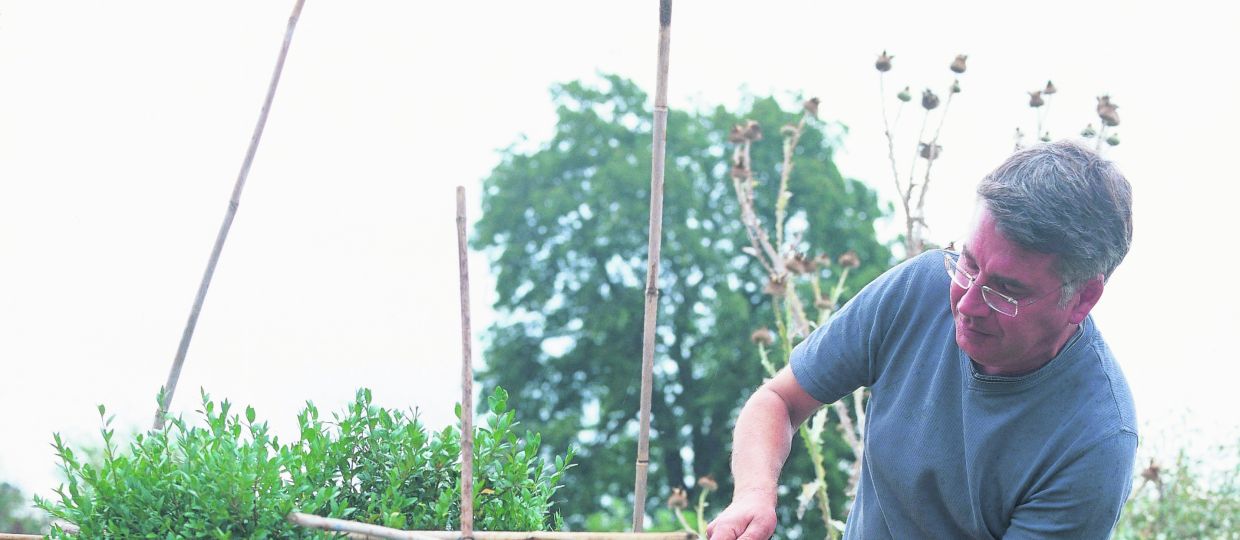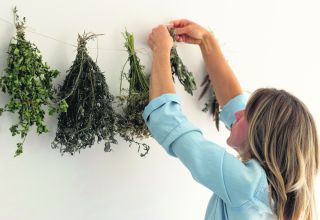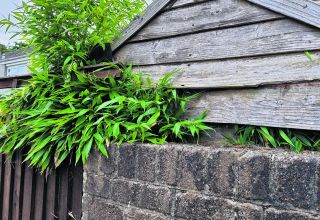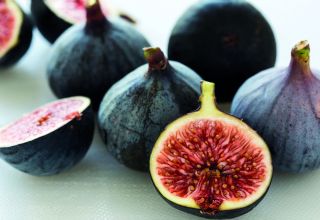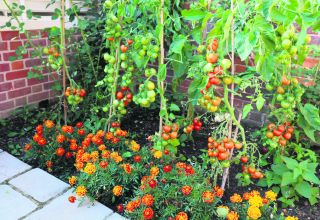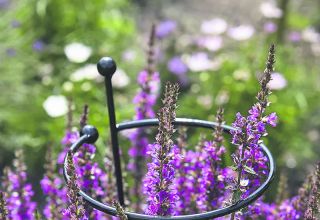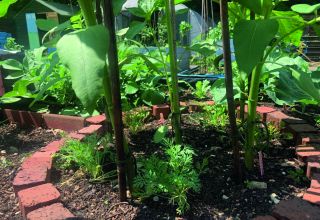Winter is a great time for gardeners to take stock, tidy up, protect plants and plan ahead.It can feel like a gloomy time in the garden.
However, there is still much to be done.
From looking after your garden tools, to splitting plants and planting bulbs for the seasons ahead, getting outside in your garden in the winter months can be rewarding and give you a chance to breathe fresh air and stay connected to the outdoors. Just remember to wrap up warm and reward yourself with a hot drink afterwards!
1. Perfect time to start bringing a hedge back to life
Have you ever seen a hedge that is all woody underneath with a thin layer of greenery on its domed top? Regular hedge trimming will keep a shrubs surface shape, but the woody stems will thicken and harden over time. These look ugly and may eventually result in unnecessary deterioration of the plant.
Hedge regeneration involves either pruning out the old stems and/or pruning back all branches to encourage fresh shoots in spring. The extent of the pruning will depend on how it has been pruned in the past or vary with species.
Roses are an example of a plant that benefits from regeneration (but not all roses).
Now that the leaves have fallen, it is a good time to remove unwanted plants or have a big garden makeover. There is less plant to dispose of and you can see what you are cutting.
If ivy or brambles are a problem, the winter can be a good time to remove them as they are easier to see among branches that have lost their leaves.
2. Time to get those ‘off season’ jobs sorted out
Now that you can see your garden in its bare bones, what repairs are needed? Plan ahead, what plants will need supports as they grow? Add them now.
- Does your shed have a leaky roof?
- Do you have a water butt ready for the winter downpours?
- Do you have a compost bin in place?
- Has your fence blown down?
- Will newly planted climbers need new trellis or supports?
- Loose paving?
- Slippery paths can be pressure washed.
Now is the time to do these tasks – you might not have time during the growing season.
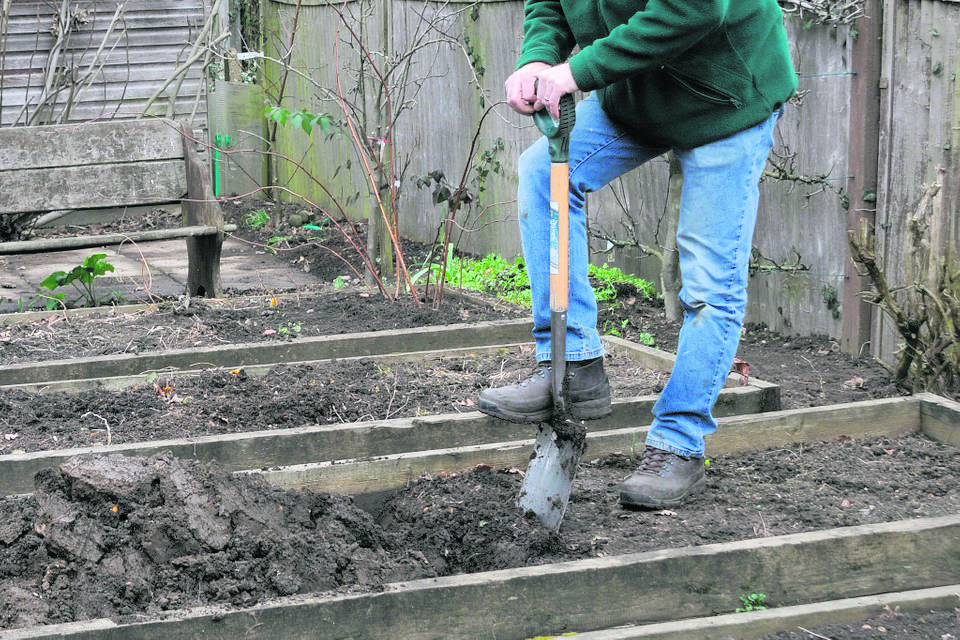
3. Time to get your soil sorted out
Winter is the perfect time to dig a new border. Leave the soil in clumps. The winter rain and frost will help to break it down naturally. This will also expose any pests to natural predators and the cold.
Digging over vegetable plots or preparing New ones can also be done during winter for the same reasons.
Is your lawn bumpy? The winter is a good time to remove sections of turf, add/remove soil and relay.
Some plants are dormant during the winter so they can be supplied as bare root plants (with no soil). Roses are often bought this way.
It might be possible to safely dig up and move dormant plants to another part of the garden.
If the soil is not frozen or waterlogged, these dormant plants can be planted before they ‘wake-up’ in the spring.
Bulbs are often planted in late autumn. Herbaceous plants are often divided and replanted in early spring. When this happens will likely depend on your local climate.
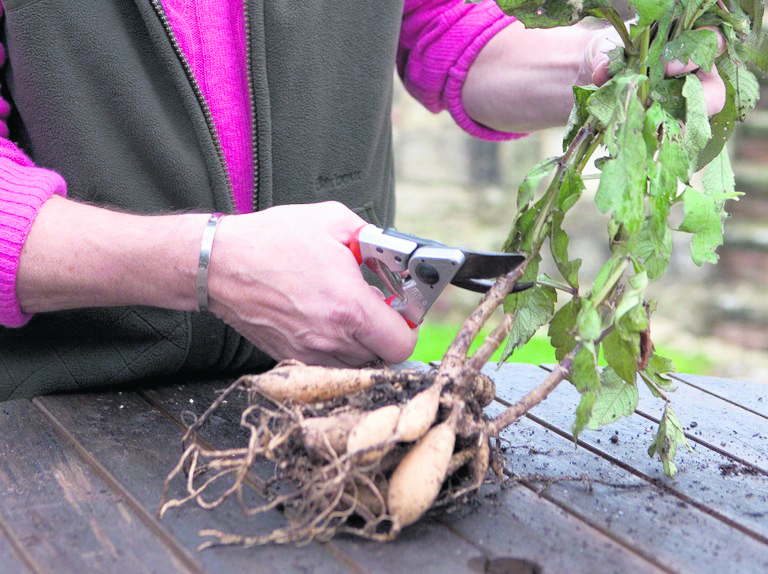
4. Super dahlias
Dahlia cuttings produce bigger flowers than tubers. So, pull your tubers out of dormancy, nestle them into trays, water, then stand them on a heated propagating bench. When the shoots reach three to four inches you can start taking cuttings.
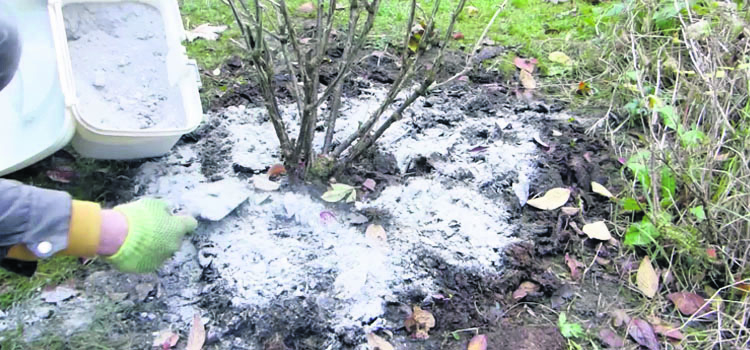
5. Sprinkle ash
Collect up ash from your all-wood fires (i.e., only those without coal) and sprinkle it around fruit trees and roses. It is rich in potassium, so encourages good flowering in spring, and hence good fruiting in autumn.
6. Cover the ground
If you have an allotment, and you’re not planting a crop to over-winter, cover your empty veg beds with landscaping fabric or cardboard and weigh it down with planks and bricks. This will keep the weeds down over winter, and the soil will warm up quicker in spring. Covering beds also prevents loss of nutrients from the soil due to rain and wind.
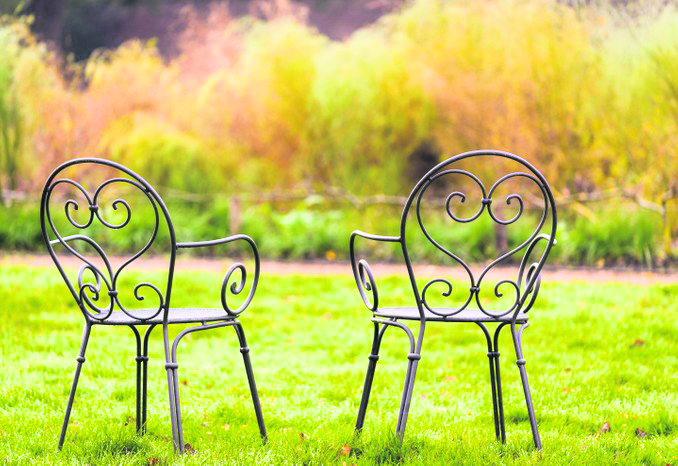
7. Think about your outside seating
Too many gardens turn their backs on places to sit outside in winter. Maybe this year it is something you ought to give some thought to.
What’s genuinely surprising is how many different spots in the garden capture warm(-ish) winter sun. You might need to identify the sunniest place for morning coffee and another for afternoon tea but it’s worth it and it feels like a discovery, even if you’ve had your garden for years.
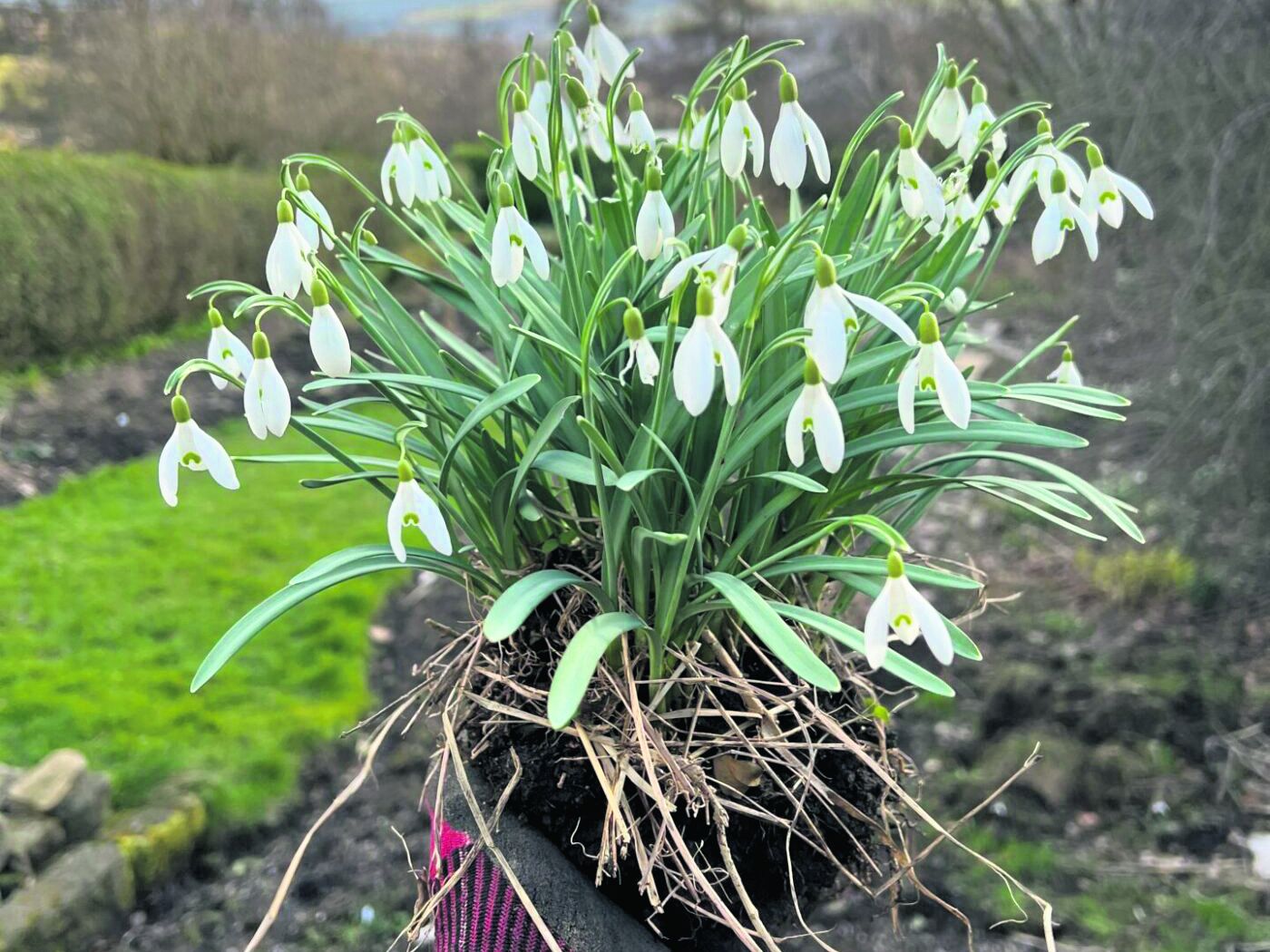
8. Divide snowdrops
Snowdrops spread by seed and will expand about three cms in all directions per year. To help them spread more quickly, dig and divide them immediately after they’ve flowered and replant about 30cm apart. If you’re planting them from fresh, planting in the green in February is usually the best route to success.
Winter is the best time to plant shrubs, small trees, climbers and hedging that will attract and help wildlife in the months ahead. For example, plant a Cotoneaster sternianus shrub to provide bees with summer nectar and birds with autumn berries; edge a border with a low hedge of lavender to feed bees and butterflies in high summer; and plant a range of dense, evergreen climbers (such as ivy) and shrubs (such as Euonymus fortunei ‘Emerald ’n’ Gold’) to create shelter and nesting sites for birds.
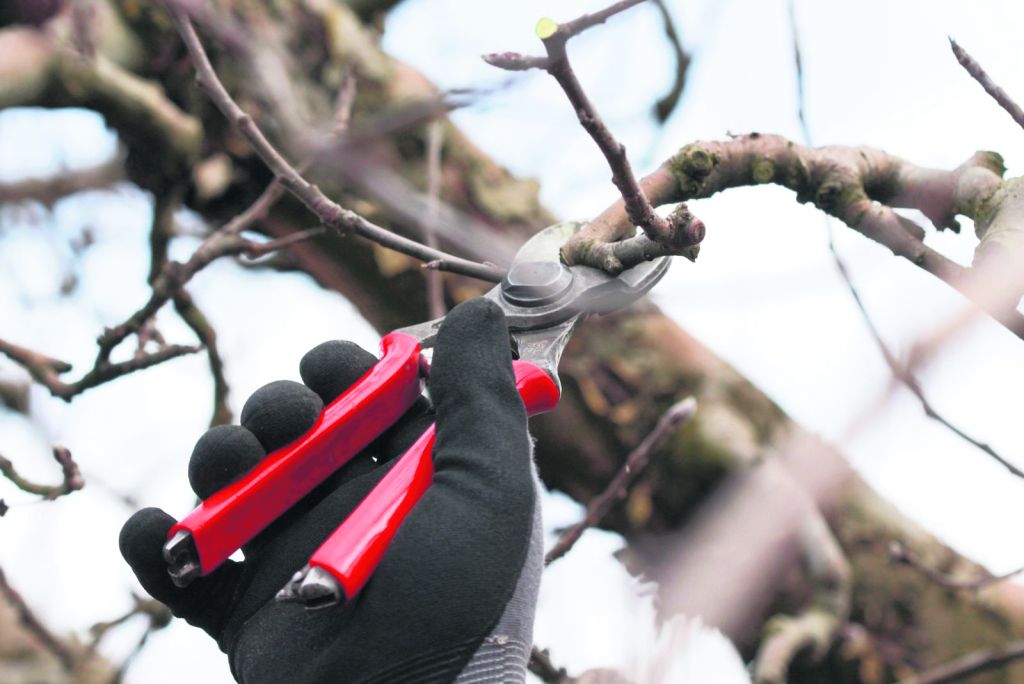
9. Winter prune apple trees
Fruit trees are dormant now, so it’s safe to prune them. Remove dead, diseased and damaged wood, and eliminate any instances of branches crossing and rubbing against each other – remove the weaker one. Wear gloves, use sharp, clean tools, and cut at an angle, so that the face of the cut angles downwards, allowing rain to run off it and preventing it rotting.
10. Other winter gardening jobs
More jobs to tackle during the winter months include
- Tie back climbing plants.
- Clean and tidy the greenhouse or polytunnel ready to receive spring plants.
- A little light weeding now will save time in spring.
- Mulch around trees, shrubs and herbaceous perennials mulch.
- Clear gutters on garden buildings.
- Build raised beds and fill them with good quality soil ready for growing your own fruit and veg.
11. Thinking and planning
Take stock of your gardening year. Do not be disheartened by your gardening imperfections or failures, but devote some time to pondering what you will do differently in the coming year.

